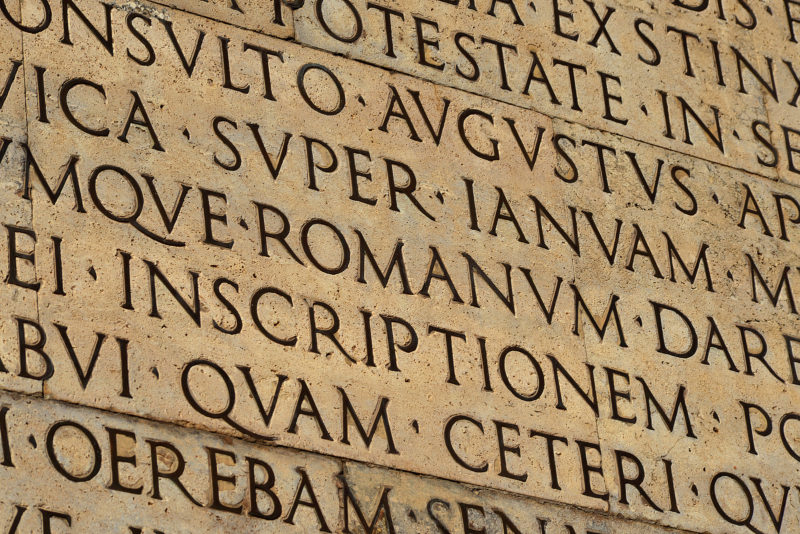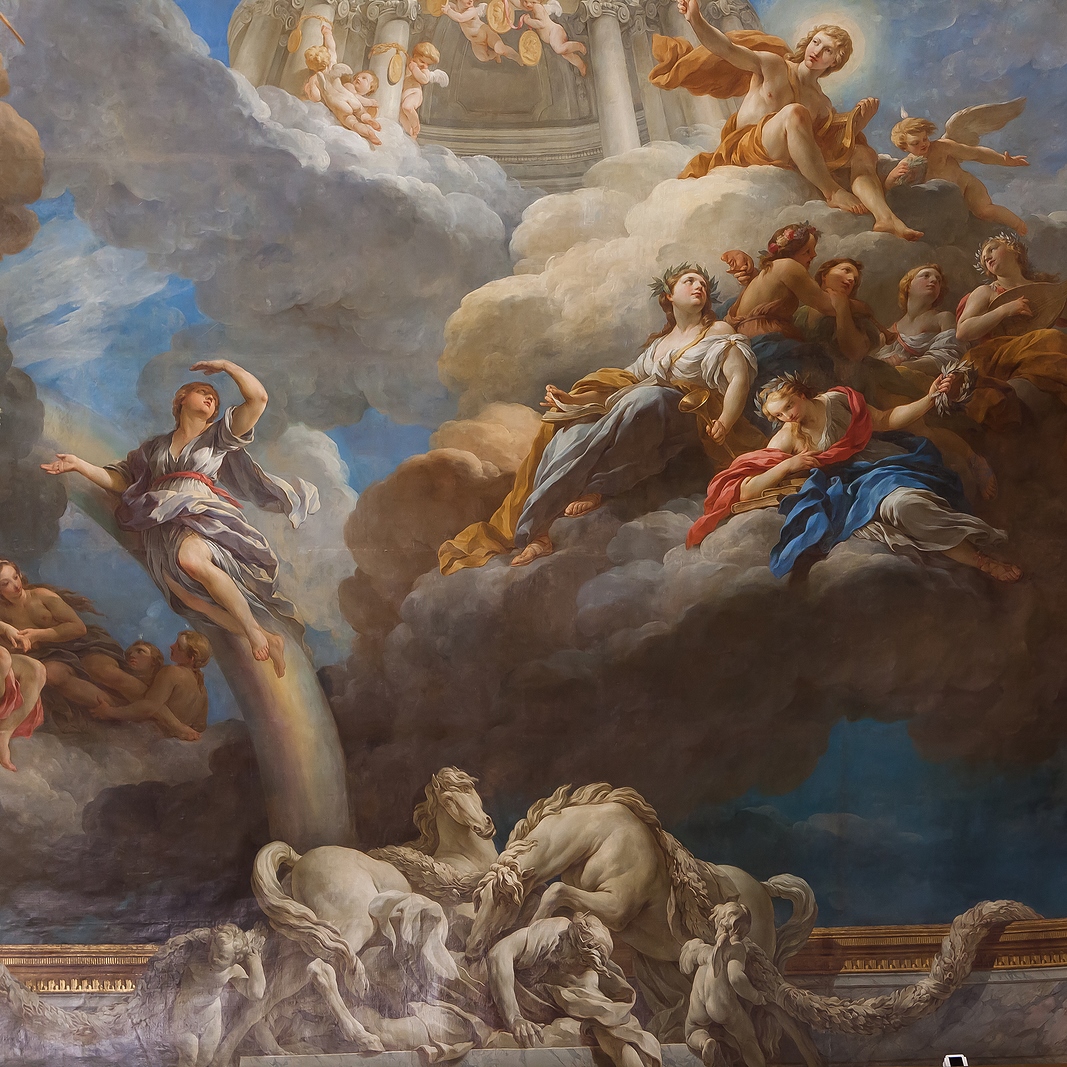The art world is a global community that spans many traditions, cultures, and locations. Despite the differences that exist, museums and art institutions worldwide are able to communicate with each other. Visitors worldwide can appreciate their art, which is all thanks to translation. In this article, we take a deep dive into the exact ways language translation has come to play a significant role in the art world, so make sure to read until the end to learn more.
5 Ways Translation Has Played a Role in the Art World
Not many people can spot the correlation between art and translation. And yet, it exists. In art, translation has come to play a significant role in the following five ways:
- Promoting cultural exchange
- Understanding of the cultural context and artistic traditions
- Translation of exhibition catalogs and art books
- Facilitating international exhibitions and events
- Preserving language and promoting cultural heritage
1. Promoting Cultural Exchange
It’s well known that art is a universal language; people worldwide can appreciate it. Even without knowing who the artist is, a painting can convey emotions to the viewer, which transcend human language. However, as amazing as this is, there are limitations regarding the intrinsic details of different cultures and their language. This is where translation comes in, as we are able to have a bridge between cultures, making it easier to share knowledge and history.
2. Understanding of the Cultural Context and Artistic Traditions
When it comes to translation in the art world, it’s not a simple task to get the exact meaning of a word or sentence. There are often cultural contexts and artistic traditions to consider. In order to achieve success here, a deep understanding of these factors is required. A skilled translator must know their art history, be fluent in the different analyzed languages, and use this knowledge to capture the original artwork's essence. At the same time, they must preserve the meaning of the art so that the target audience can still appreciate it.
3. Translation of Exhibition Catalogs and Art Books
There are various forms of translation in the art world, but one of the most common ones lies in the translation of exhibition catalogs and art books. An exhibition catalog is published to share the list of works that are being exhibited. Through introductory essays and biographies, it can give the audience enough information to guide their visit. As you can imagine, this translation is essential, especially as art attracts people globally. So, by learning about new artists, art lovers are able to discover new perspectives that help shape and develop their artistic senses.
4. Facilitating International Exhibitions and Events
International exhibitions will always attract people from different backgrounds, so it’s important that expert translation of key information is done. When looking for the best translation services, IsAccurate is among the top reliable websites that provide credible and professional reviews. This website helps save time and money when looking for the best translators. Suppose you are planning a cultural event with visitors from around the world. In that case, it helps have top-quality translations of materials and public display signs, so your event is more accessible.
5. Preserving Language and Promoting Cultural Heritage
So far, we have discussed how translation can help with the current languages being spoken; however, translation also plays a vital role in preserving language and cultural heritage. Many works of art were created in languages that are no longer in everyday use, making them harder to access by modern audiences – for instance, works by Shakespeare and other artists. This is where translation comes into play. It is vital, as it allows readers to grasp the concepts in literary works, and the latter is something students need to do when writing their school papers. Those learners that require help beyond translation often need an essay writer for hire to get their academic papers ready. In either case, if literature isn’t translated properly, students and other readers may fail to decipher it and, thus, are unable to access the cultural heritage these works represent. Of course, translating literary works isn’t easy, and there are challenges to recreating cultural meanings in the text, but it is still crucial to be done. Translating these works into modern languages will allow them to be remembered and appreciated by new generations to come.

In Conclusion
Translation in the art world is essential to cross-cultural communication and the promotion of ideas. People from around the world have their own unique perspectives on art that can only be appreciated through translation. The opportunity to interact and exchange ideas plays a critical role in learning about other cultures and preserving our own. Hence, it’s important that we all recognize the role that translation plays in the art world and also support efforts to promote multilingualism and cultural exchange.
Author’s bio
Marie Wishes is a freelance writer and a language and cultural enthusiast. She recognizes the importance of preserving history in today’s ever-connected and modern world. Marie’s passion for promoting cross-cultural understanding has made her learn two languages and organize cultural events in the past. Through her writing, she hopes to inspire others to learn more about their culture and that of others to help appreciate and share the rich diversity of human experience.
